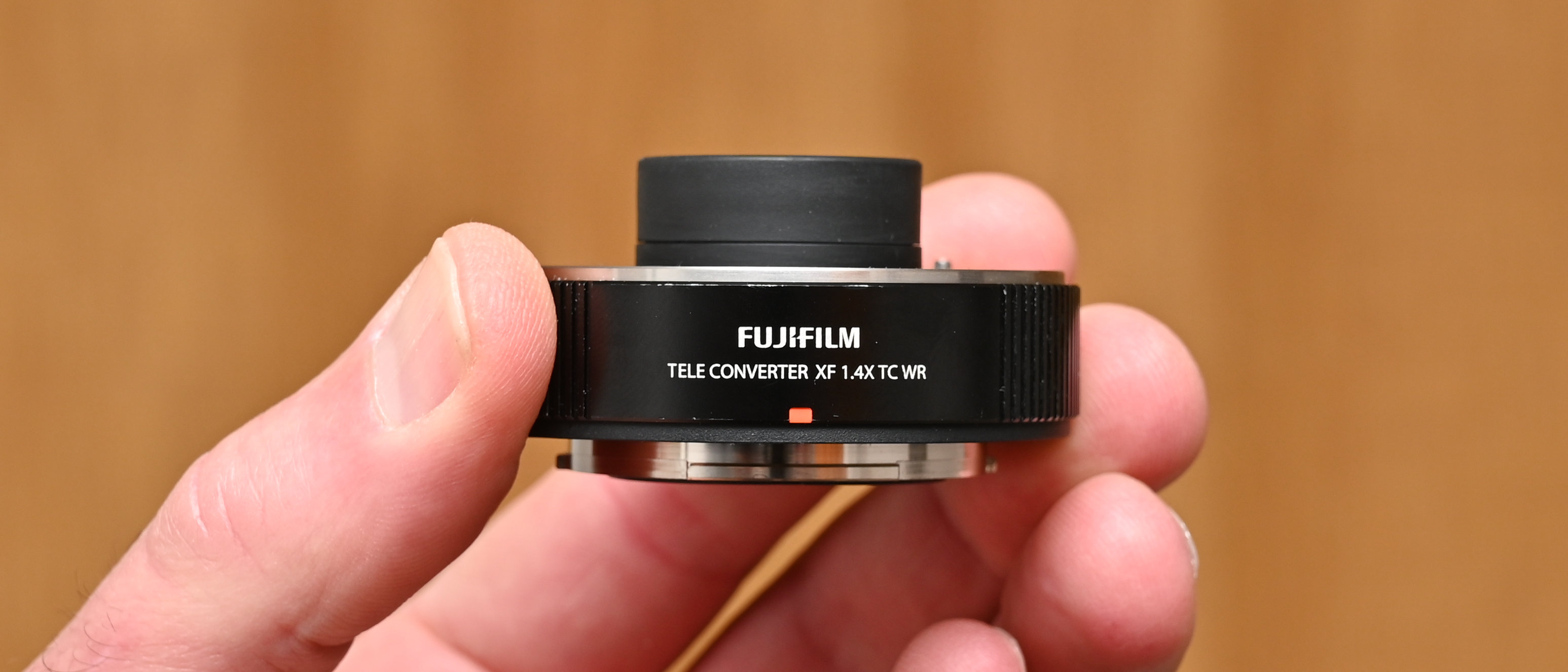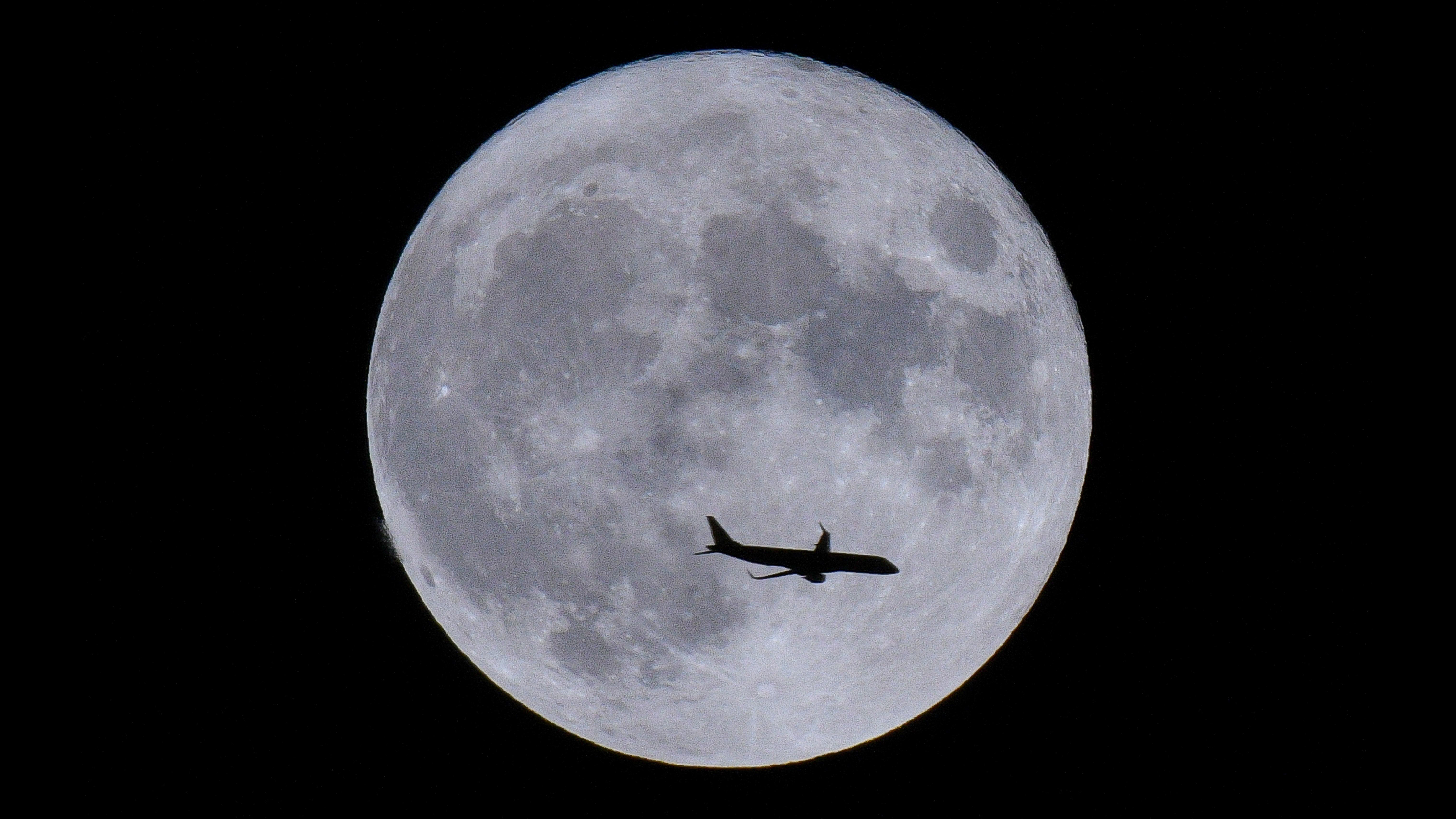Digital Camera World Verdict
There’s a lot I like about the Fujinon XF1.4X TC WR. It’s a super-small and lightweight teleconverter that’s well made and delivers good performance. And the biggest pull is that it saves space as well as money, compared with buying an extra telephoto lens.
Pros
- +
Magnifies telephoto reach by 1.4x
- +
Compact and lightweight
- +
Strong, weather-sealed construction
Cons
- -
Main lens aperture reduced by 1 f/stop
- -
Slight impact on sharpness
- -
Only compatible with a few lenses
Why you can trust Digital Camera World
As its name implies, this 1.4x teleconverter is designed for Fujifilm X-mount mirrorless cameras and has an up-market WR (Weather-Resistant) construction. It aims to be one of the best teleconverters available to photographers and is compatible with some of the best Fujinon X-mount telephoto lenses. If you’re wondering if your lens is on the hit list, check out Fujifilm’s official teleconverter and lens compatibility chart.
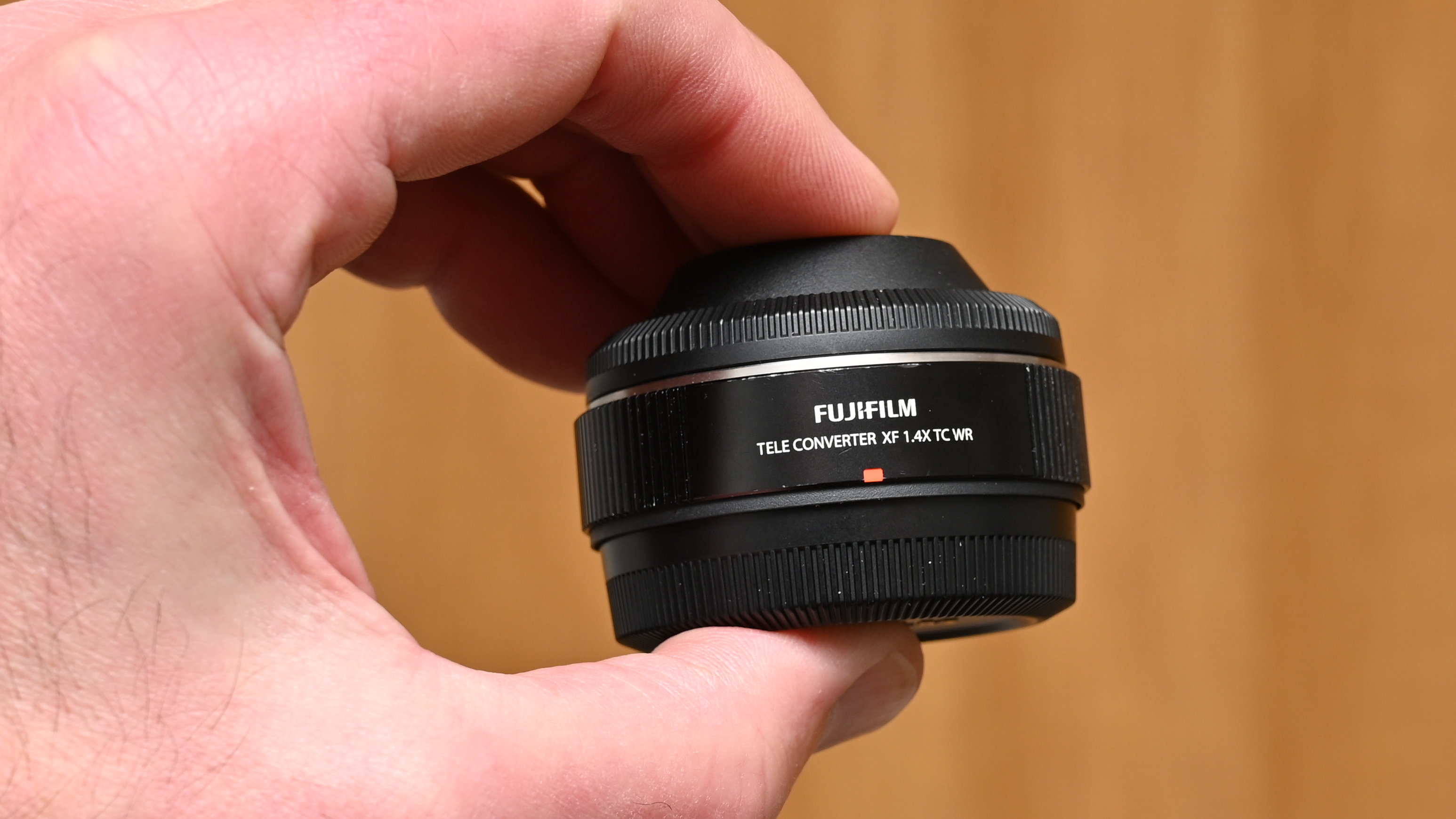
Fujinon XF1.4X TC WR: Specifications
| Mount | Fujifilm X |
| Lens construction | 7 elements in 3 groups |
| Focal length multiplier | 1.4x that of main lens |
| Aperture reduction | 1 f/stop |
| Minimum focus distance | Same as main lens |
| Maximum magnification | 1.4x that of main lens |
| Filter size | N/A |
| Dimensions | 58 x 15mm |
| Weight | 130g |
Fujinon XF1.4X TC WR: Price & Availability
Priced at $449/£369, the Fujinon XF1.4X TC WR was launched back in 2015. Back then, it was only compatible with a single lens, the Fujinon XF50-140mm f/2.8 R LM OIS WR, after a firmware update, although other lenses have joined the compatibility list, either straight out of the traps or, again, via firmware updates. These include the popular Fujinon XF100-400mm f/4.5-5.6 R LM OIS WR. The teleconverter is widely available from retailers all around the world. The larger and more powerful Fujinon XF2X TC WR teleconverter is similarly priced at $449/£389.
Fujinon XF1.4X TC WR: Design & Handling
I expect some downsizing in APS-C format rather than full-frame compatible lenses and teleconverters but the Fujinon XF1.4X TC WR is particularly compact and lightweight for a 1.4x teleconverter. Indeed, it measures just 15mm (little more than half an inch) in length and weighs a mere 130g. From a handling perspective, once I’ve mounted the teleconverter between the main lens and a camera body, I hardly even notice it’s there.
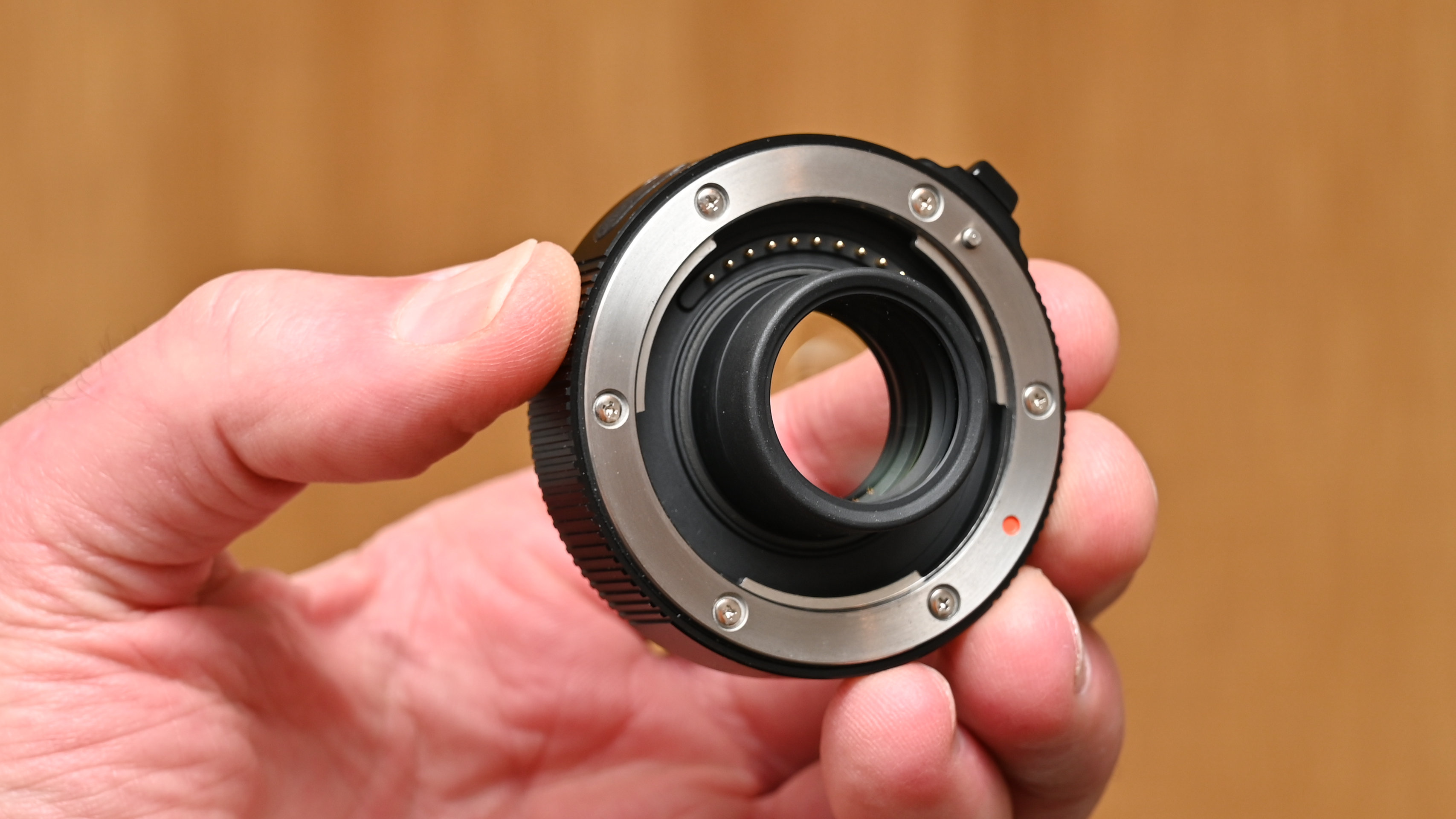
Although small, the teleconverter feels very well built. That’s a must as far as I’m concerned, if I’m going to be hanging a big and heavy telephoto lens from something so lightweight. As well as feeling tough and solid, the teleconverter also features weather-seals and is advertised as being operational down to a sub-freezing temperature of -10 degrees Celsius. It’s very nicely finished, with an appearance that fits right in with up-market X-mount telephoto lenses.
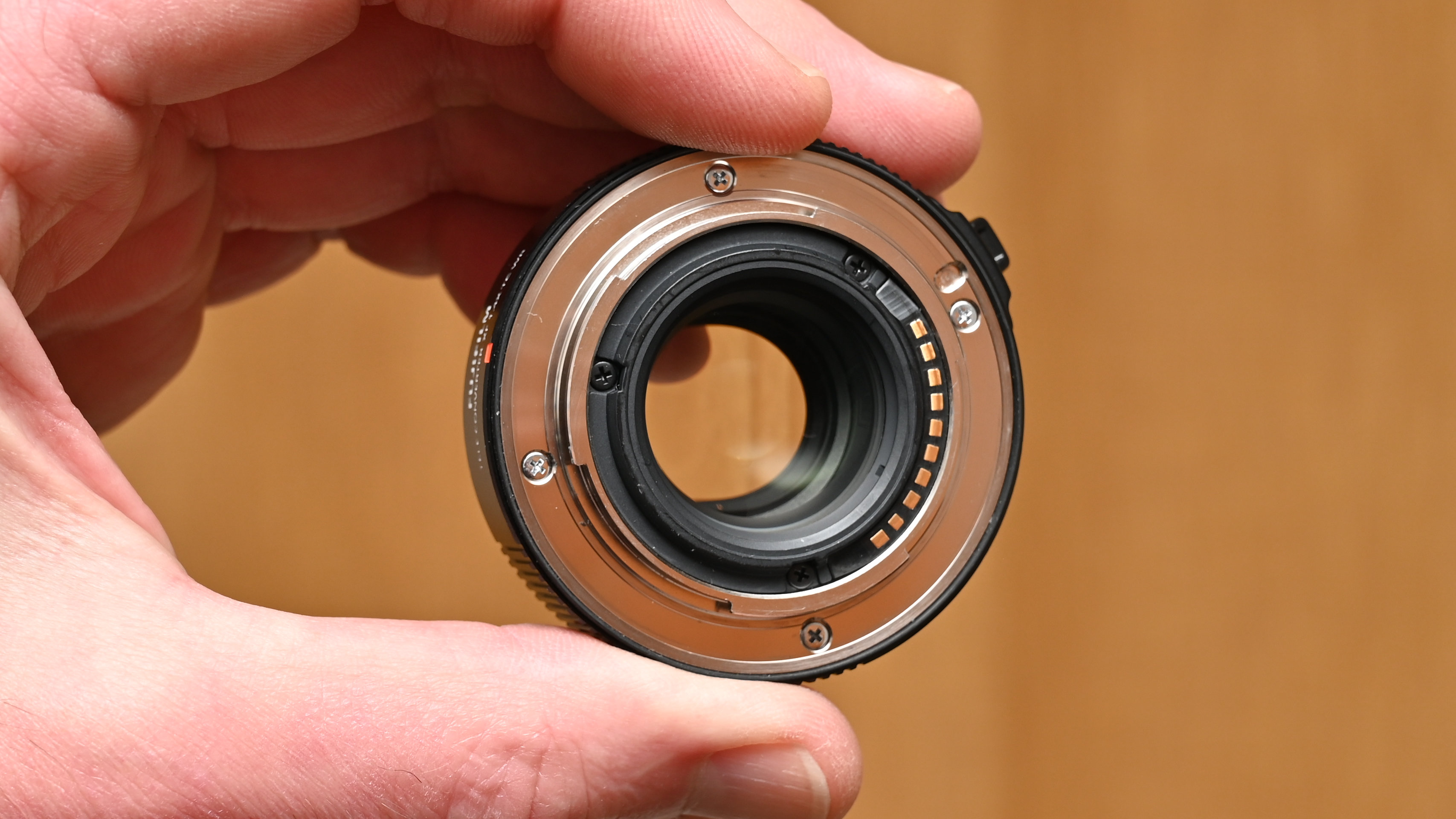
The optical path consists of 7 elements in 3 groups, which is pretty typical in teleconverter territory. As usual, the front element protrudes from the casing and inserts into a cavity at the rear of a compatible lens. You therefore need to be careful not to try and attach it to a lens without sufficient clearance between the rear element and mounting plate.
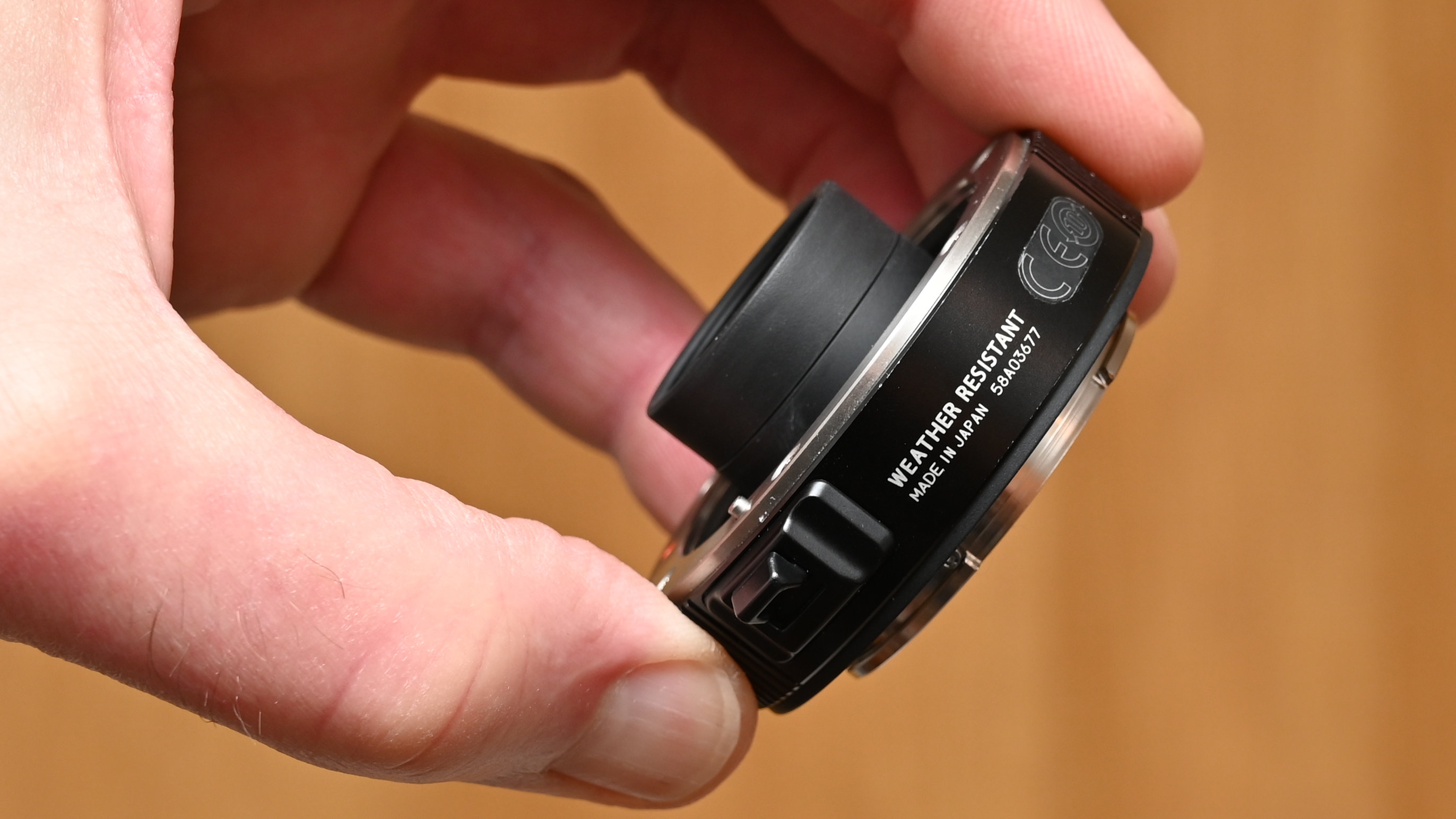
As with other 1.4x teleconverters, the stretch in focal length comes at the expense of a one f/stop reduction in aperture. I tested it with both a Fujinon XF50-140mm f/2.8 R LM OIS WR and a Fujinon XF100-400mm f/4.5-5.6 R LM OIS WR. These lenses are effectively boosted to about 70-200mm f/4 and 140-560mm f/6.3-8, respectively. Apply the APS-C crop factor and, in full-frame terms, the focal lengths equate to about 105-300mm and 240-840mm, the latter being seriously super-telephoto.
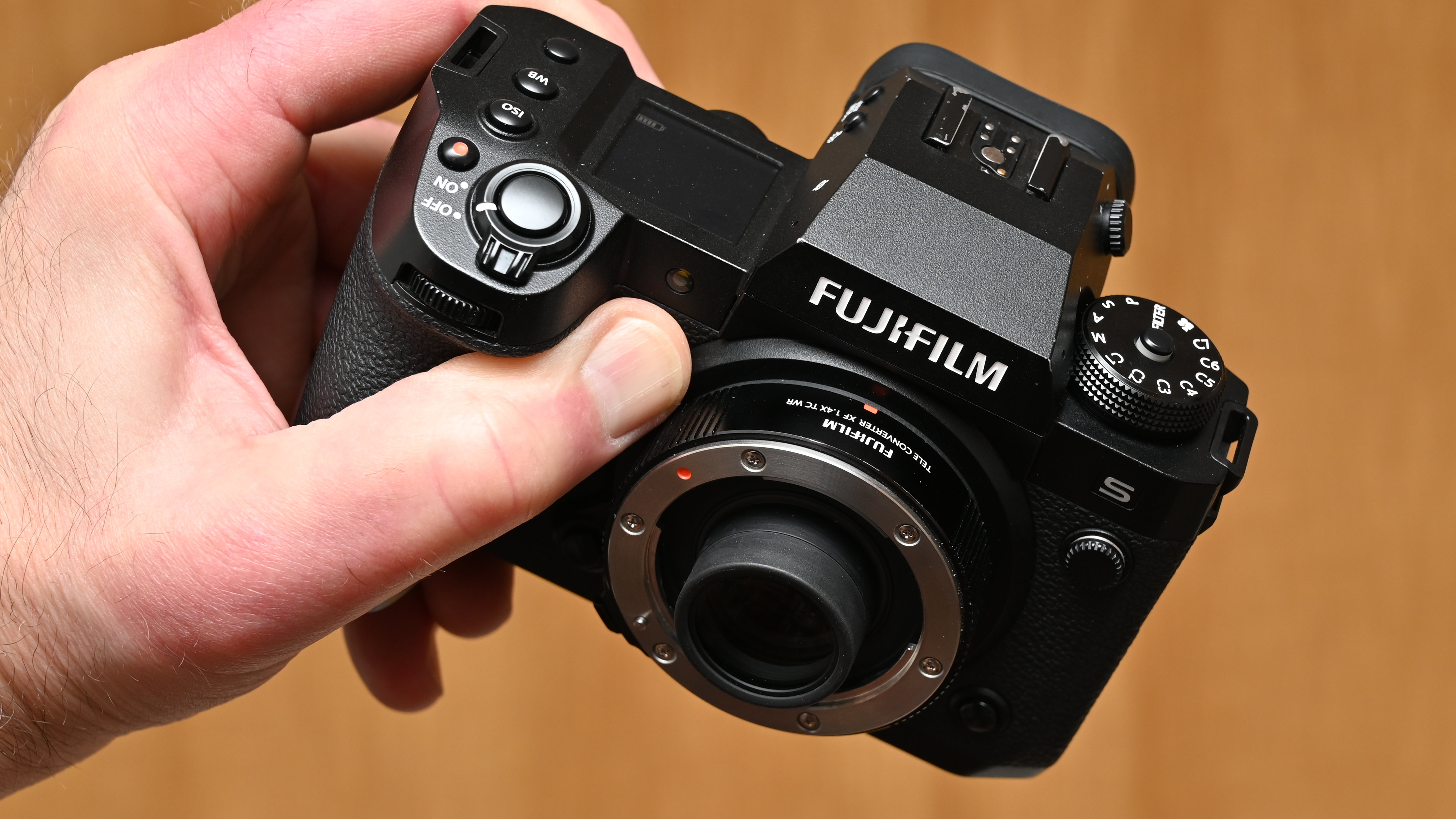
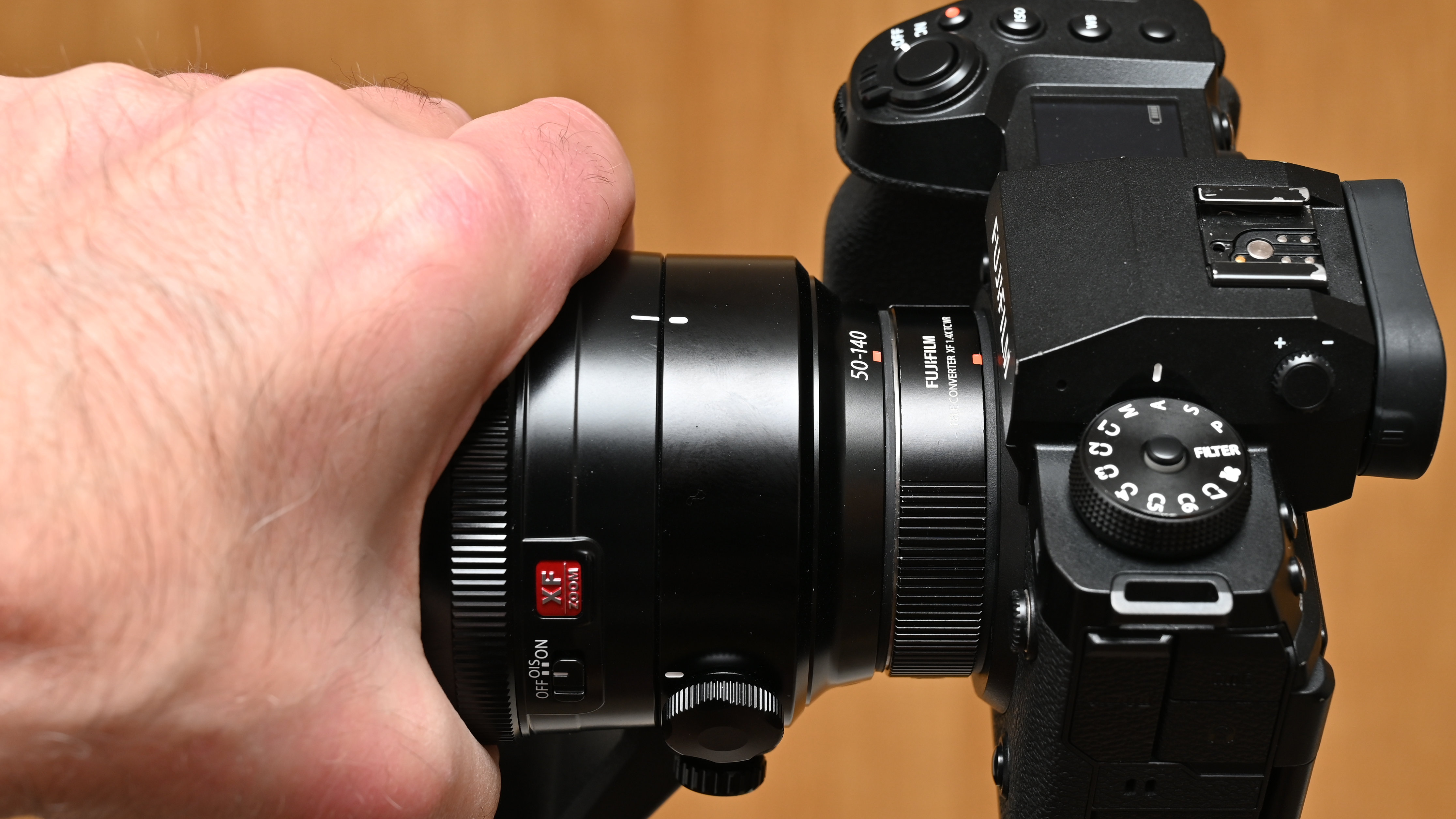
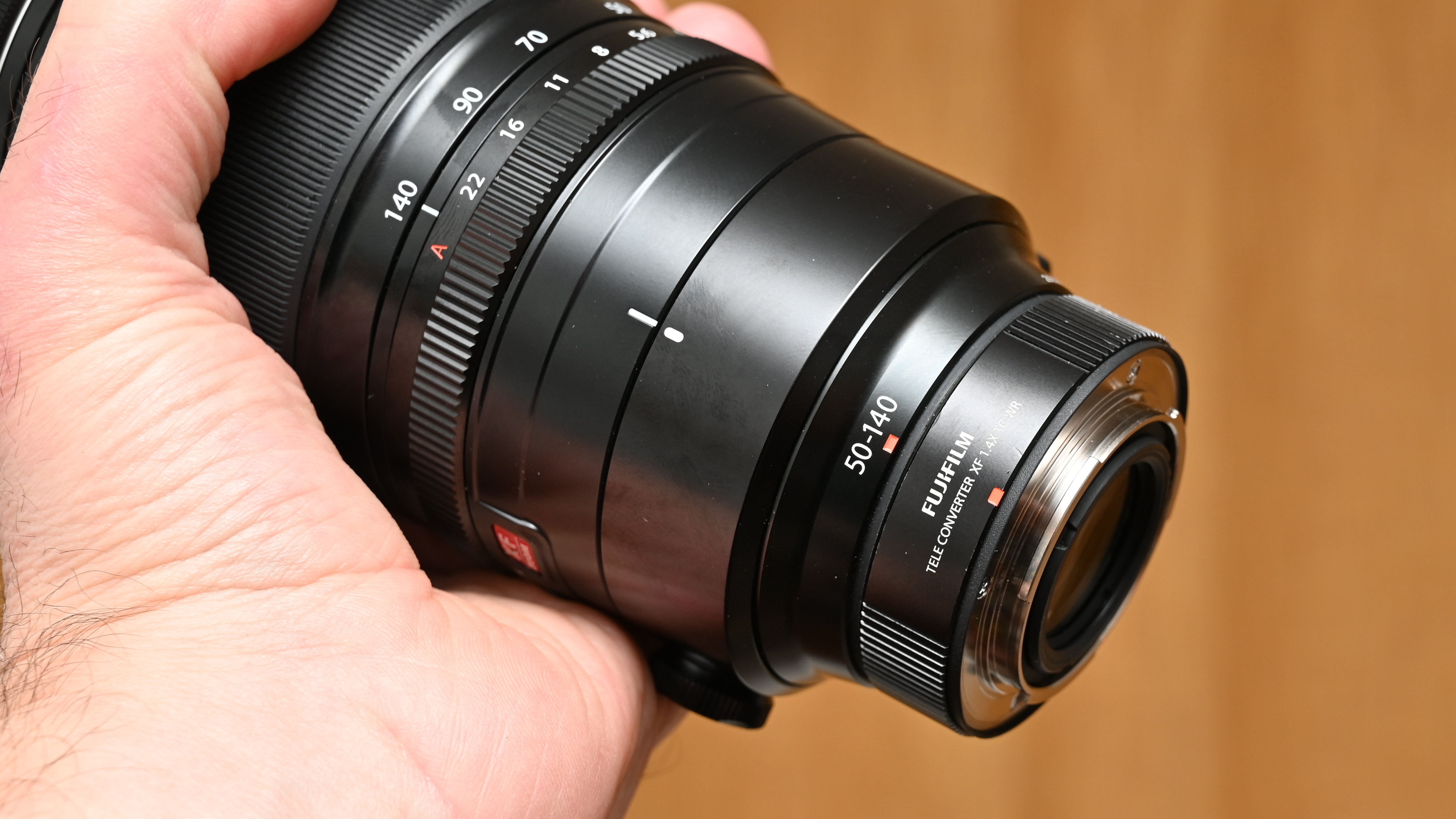
Fujinon XF1.4X TC WR: Photo Performance
Fujifilm says that autofocus performance is unaffected by the teleconverter, compared with the AF speed of the main lens itself when no teleconverter is fitted. I tested the two lenses mentioned above with the teleconverter on a high-performance Fujifilm X-H2s camera and found autofocus speed and accuracy to be largely unaffected. That said, Fujifilm recommends setting Boost AF to the Normal setting in camera menus, where featured, to give the best autofocus performance possible, especially under low lighting conditions.
Fujifilm also claims that the optical performance of the main lens is maintained when using the teleconverter. That’s a bold statement, as teleconverters are somewhat notorious for degrading image quality to some extent. I found that levels of sharpness from the main lens were actually retained extremely well when adding the 1.4x teleconverter and, while there was a slight increase in color fringing, distortion became less noticeable. Overall performance is excellent.
Fujinon XF1.4X TC WR: Sample Images
For the sake of comparison, the following gallery includes a series of shots taken with a Fujifilm X-H2s and a Fujinon XF 50-140mm f/2.8 R LM OIS WR on its own, as well as with both a Fujinon XF 1.4x TC WR Teleconverter and a Fujinon XF 2x TC WR Teleconverter. This shows differences between using the lens natively, as well as with the 1.4x and 2x teleconverters. The first sequence was taken from a viewpoint overlooking the city of Bath, UK, from a distance of half a mile, on an overcast morning. Due to deteriorating weather conditions with strong winds and heavy rain, the subsequent shots were taken indoors under photographic LED lighting. All of the example images were taken using a sturdy tripod and exposure delay mode, and shot several times to ensure the consistency of results. As per our usual testing regime, all of these images were taken in addition to the lab-test shots that we capture, based on the use of official test charts.



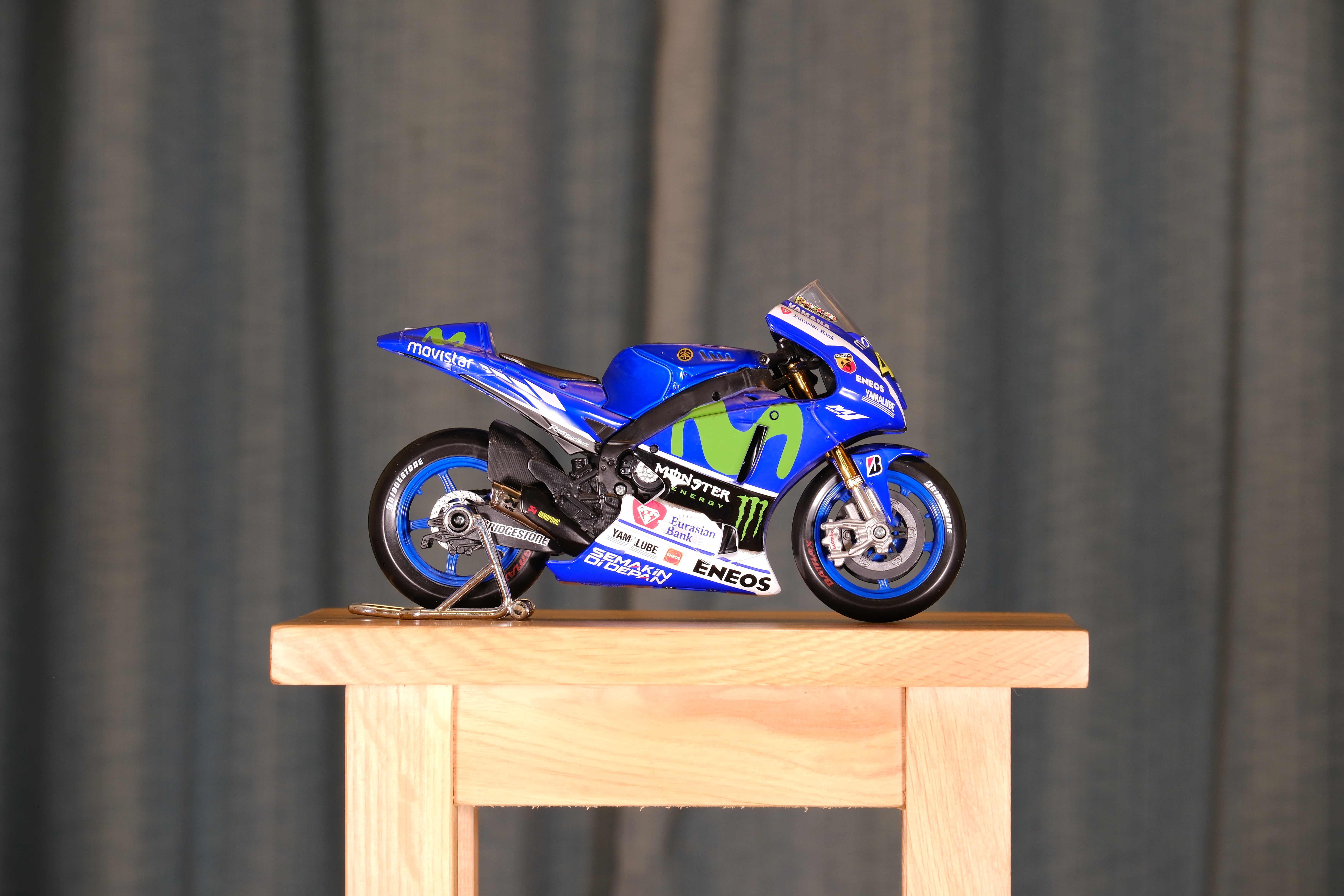
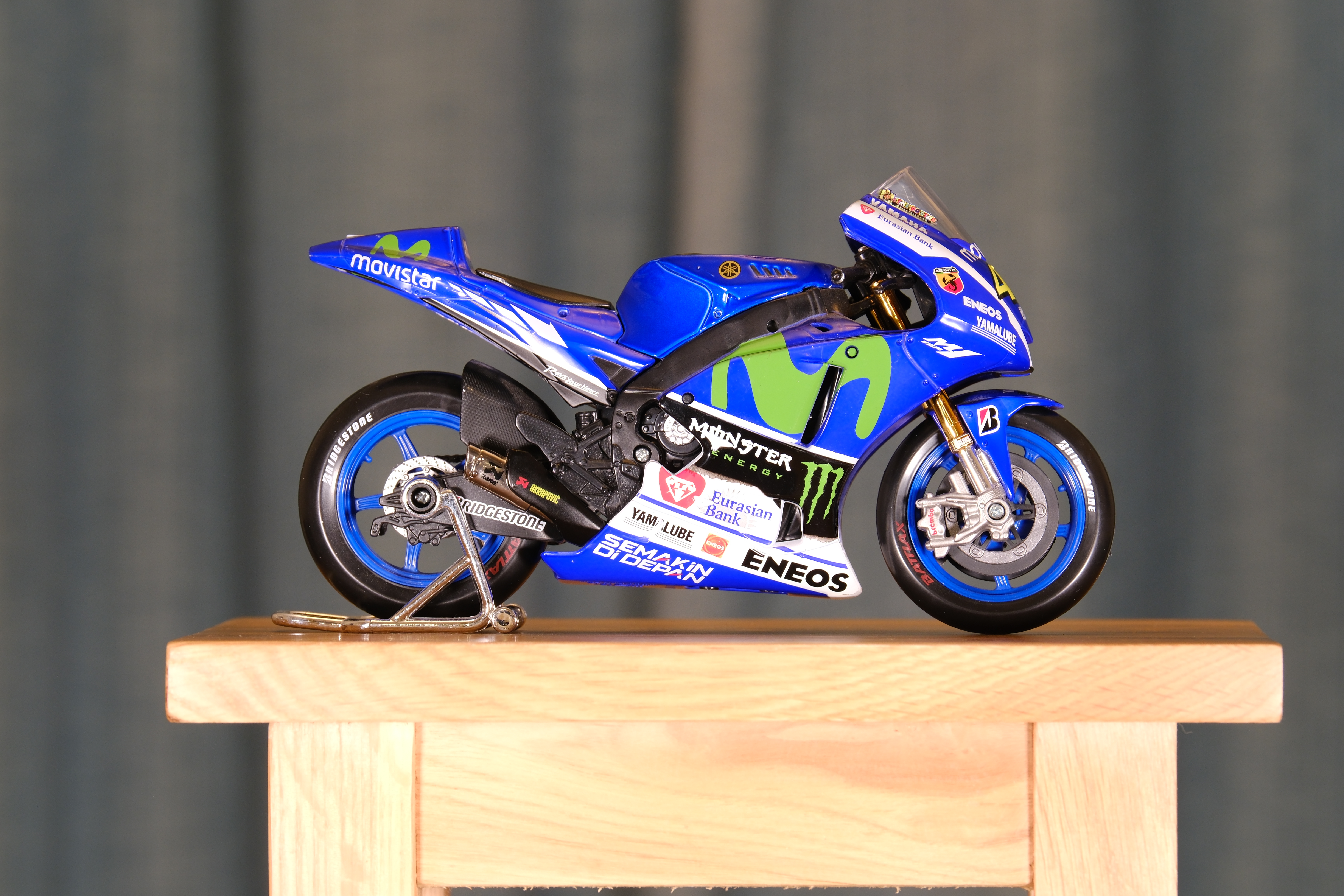
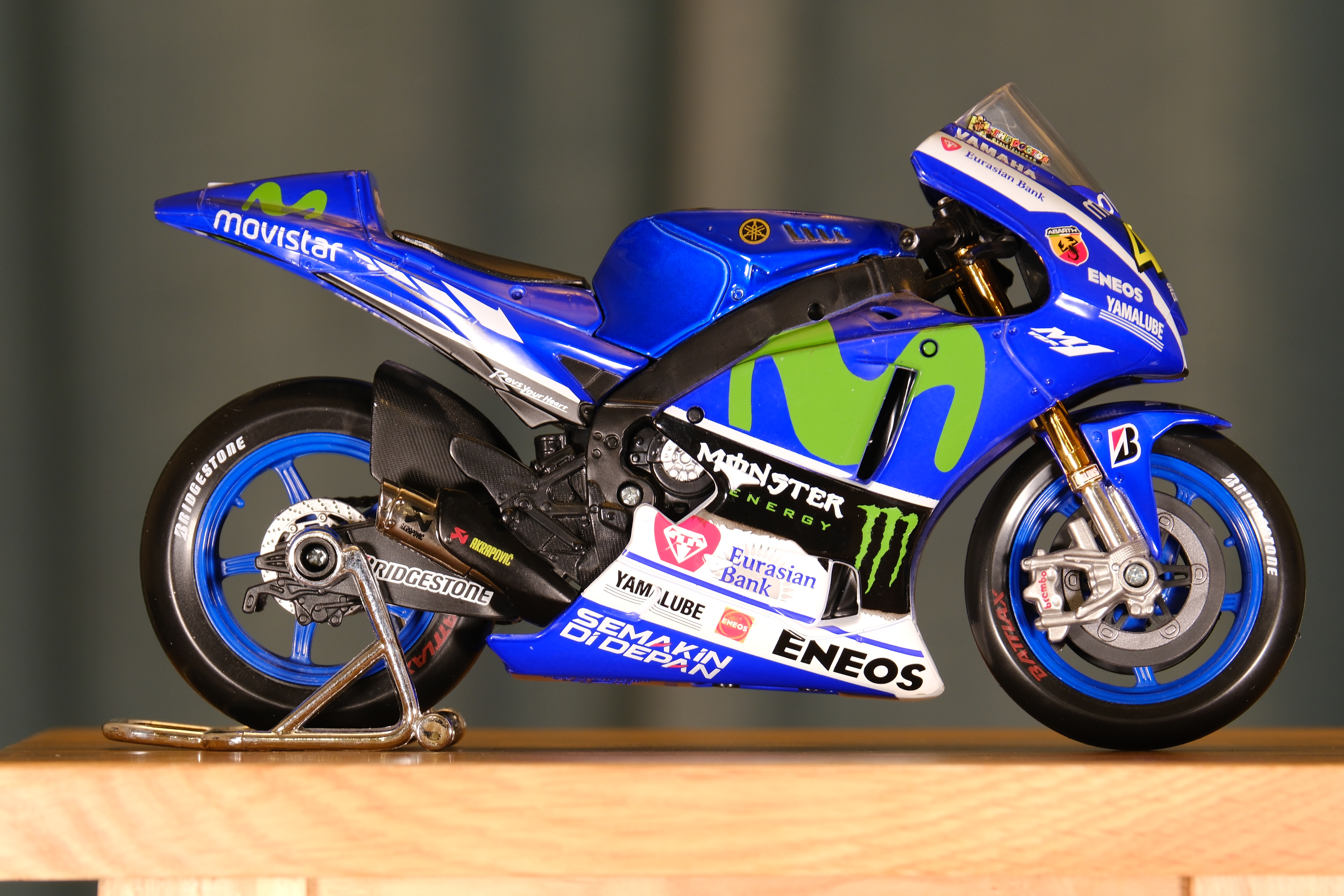
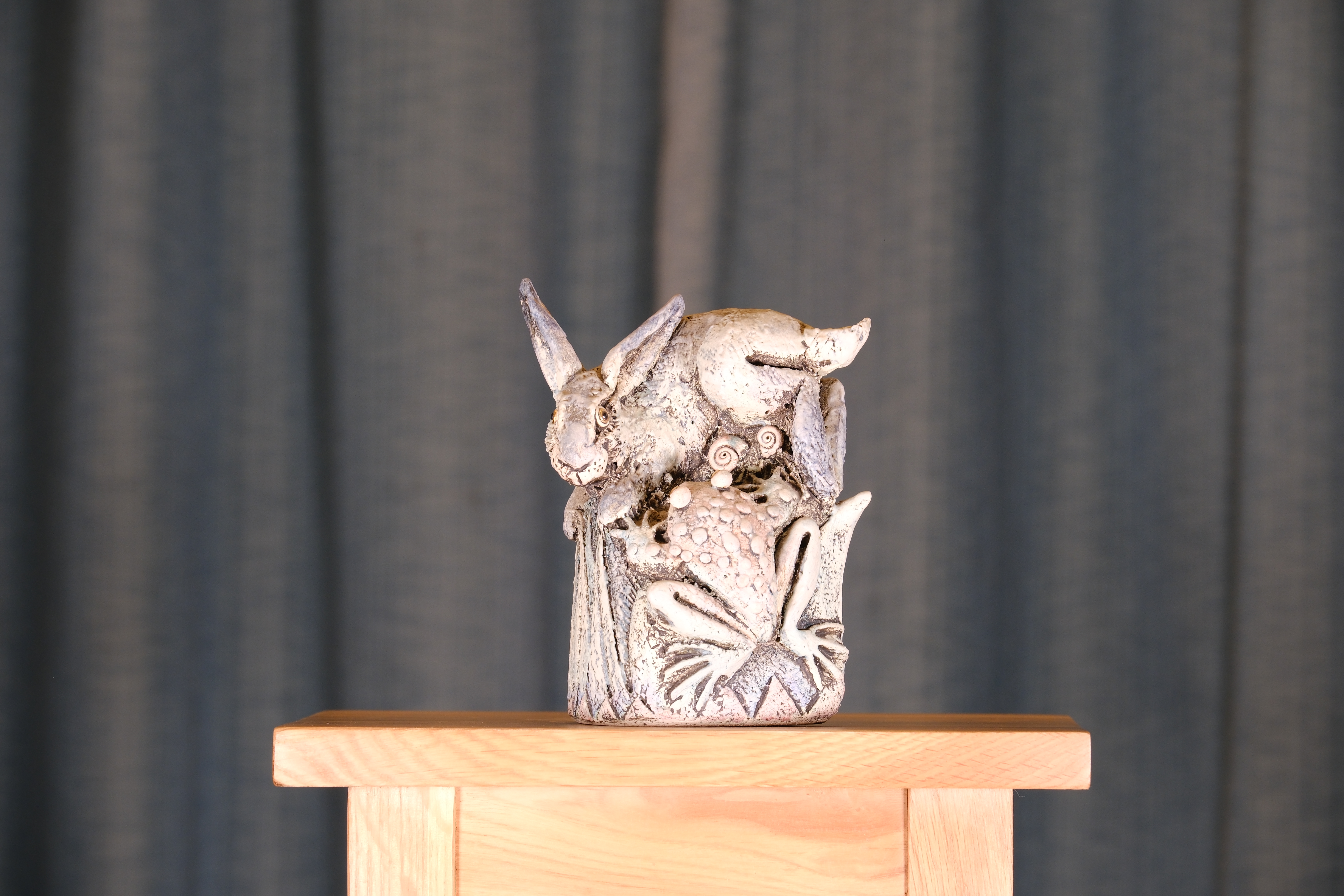
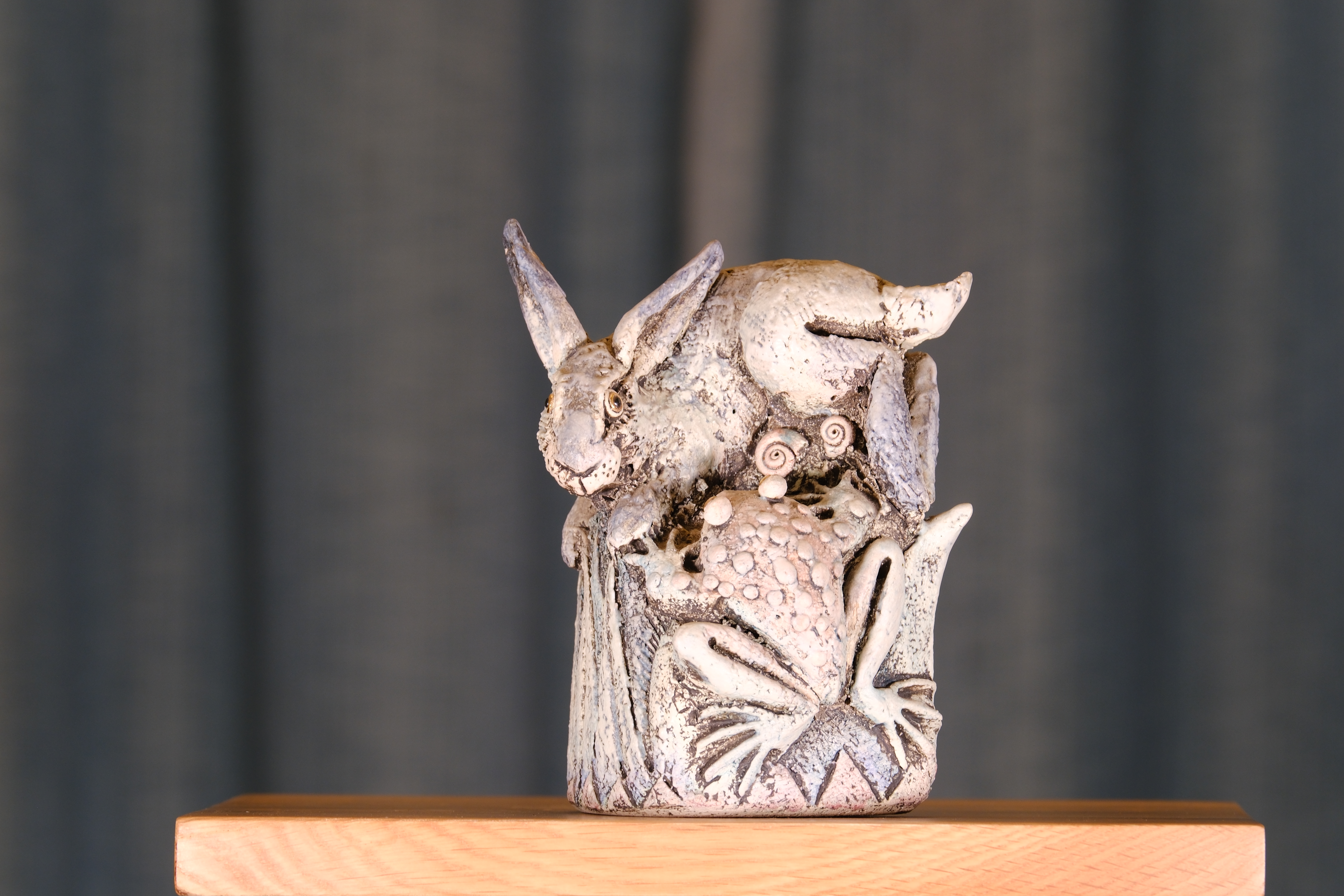
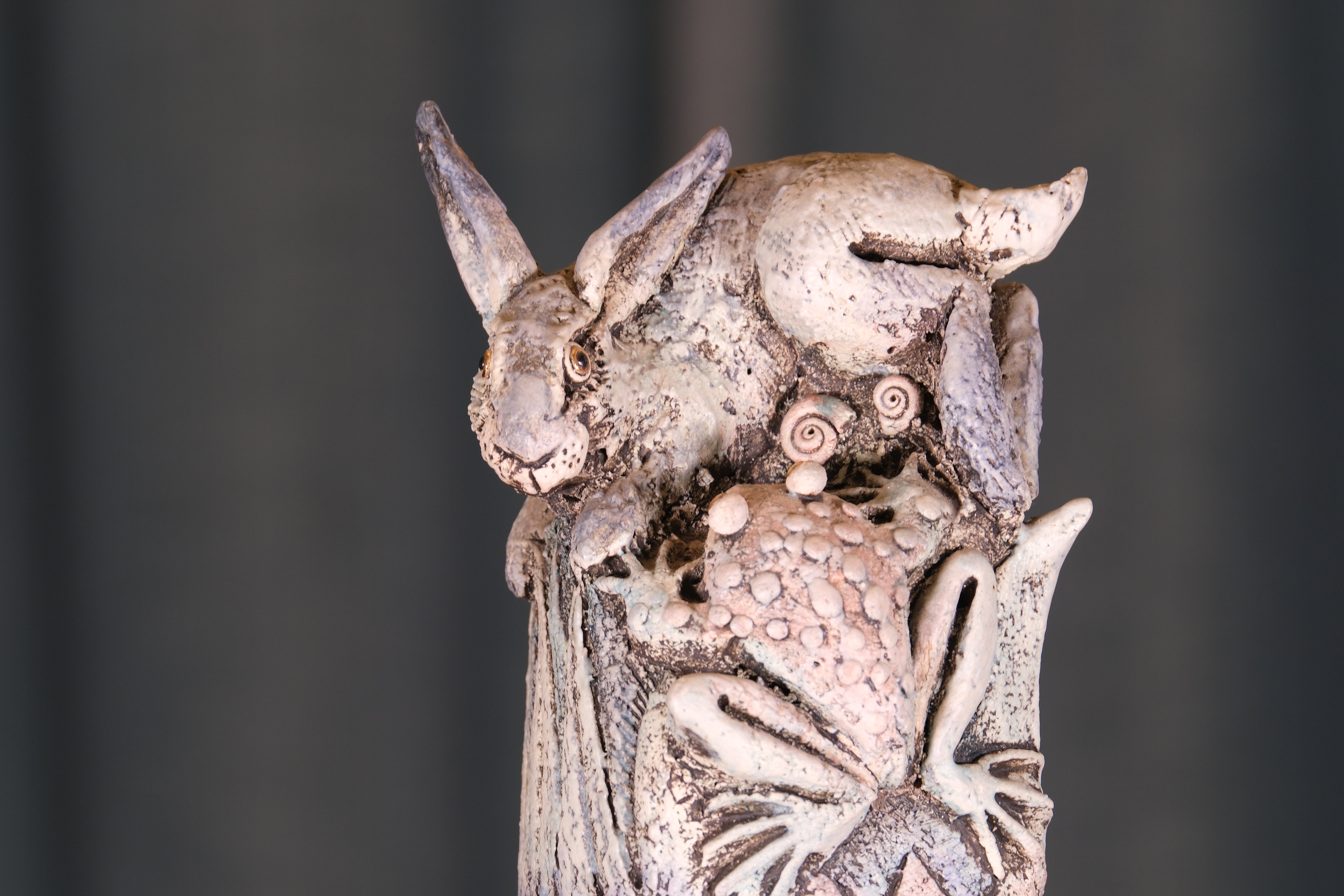
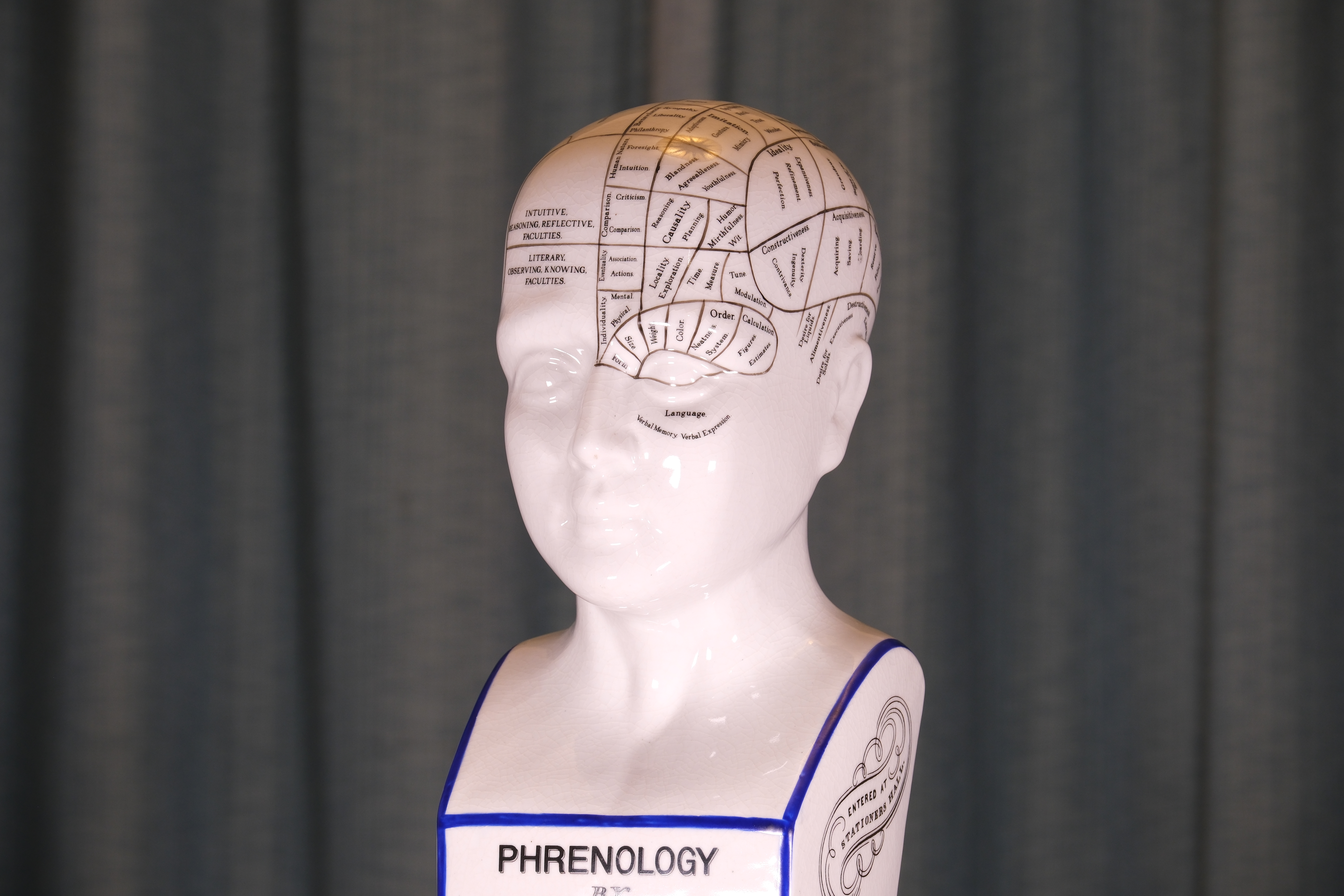
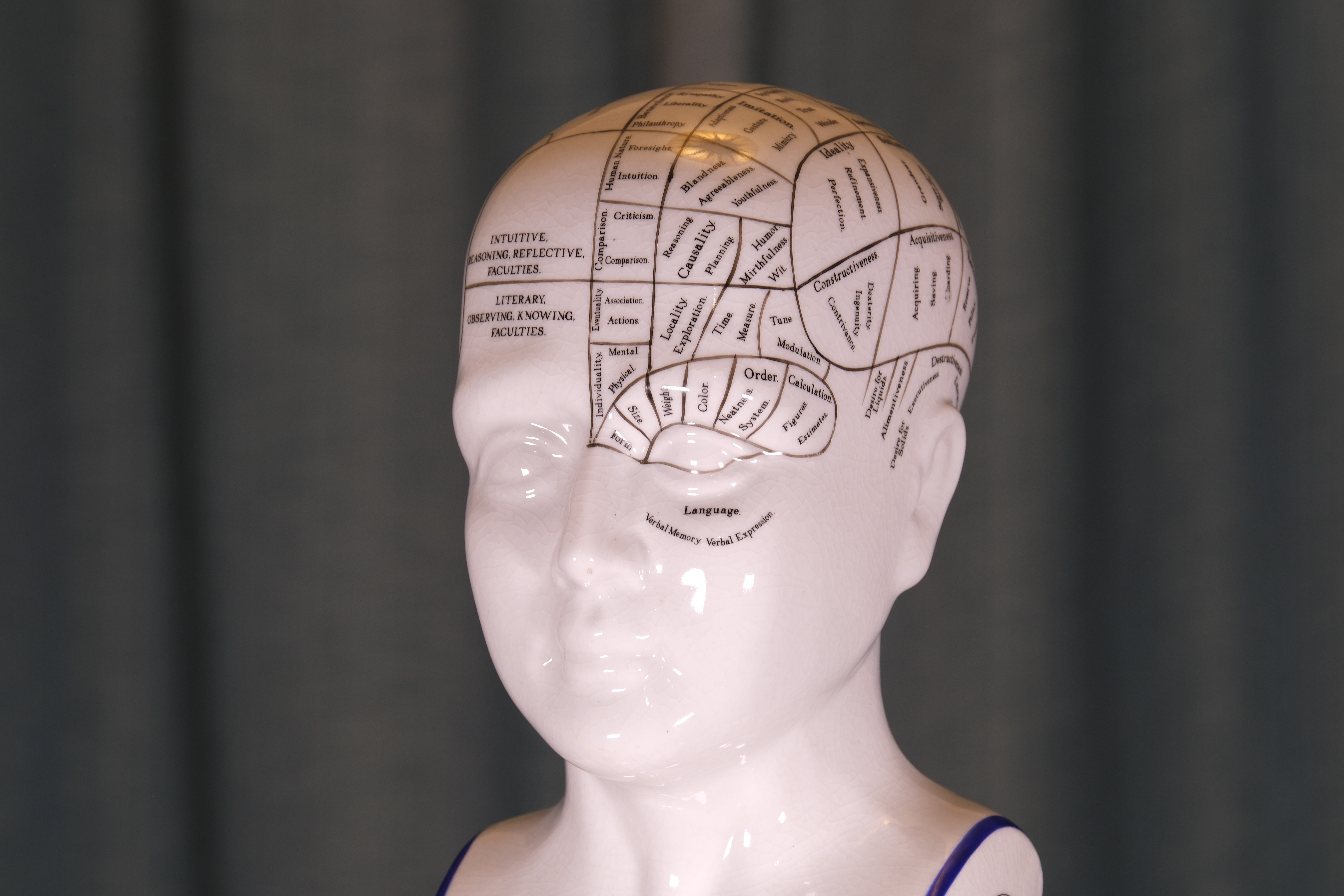
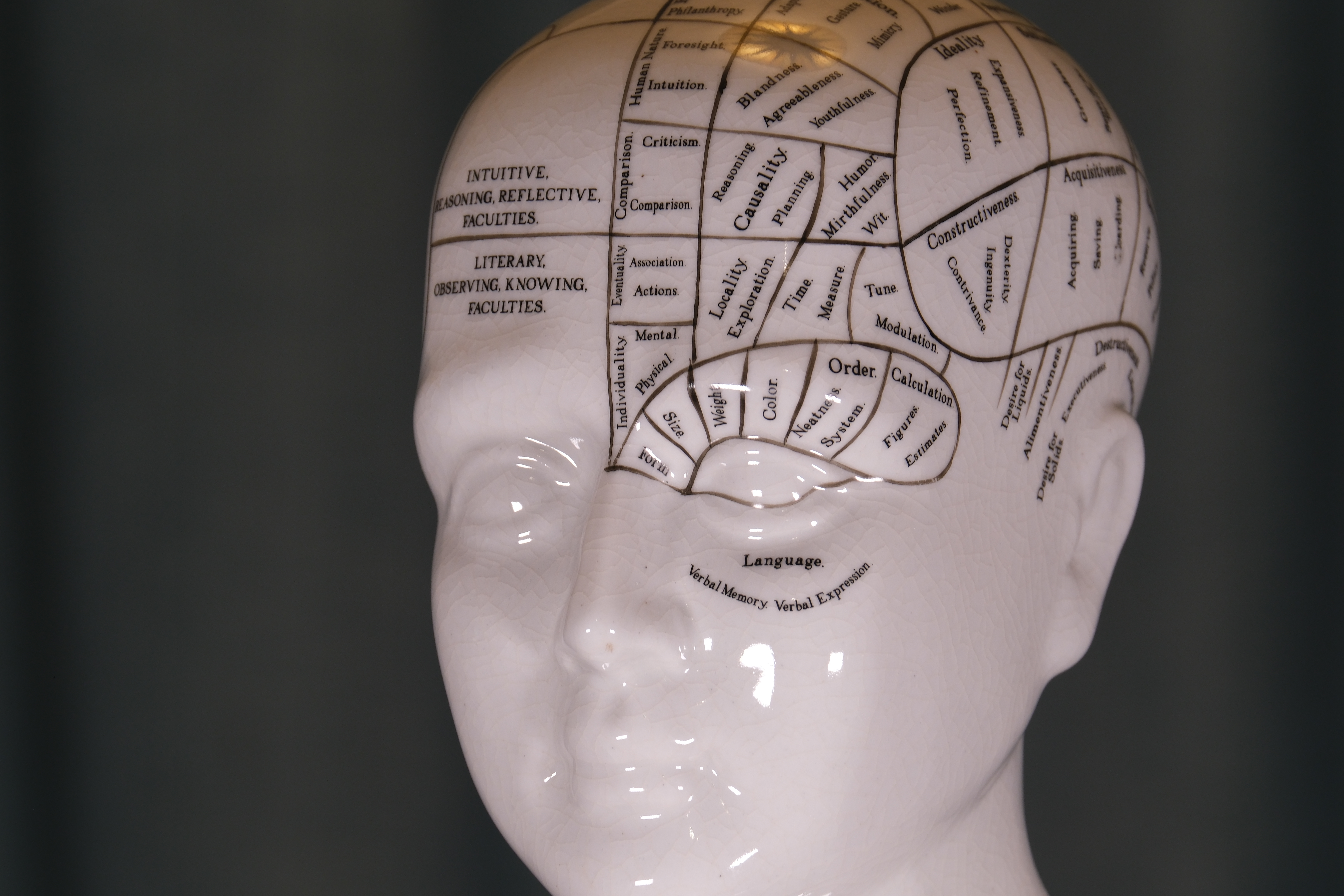
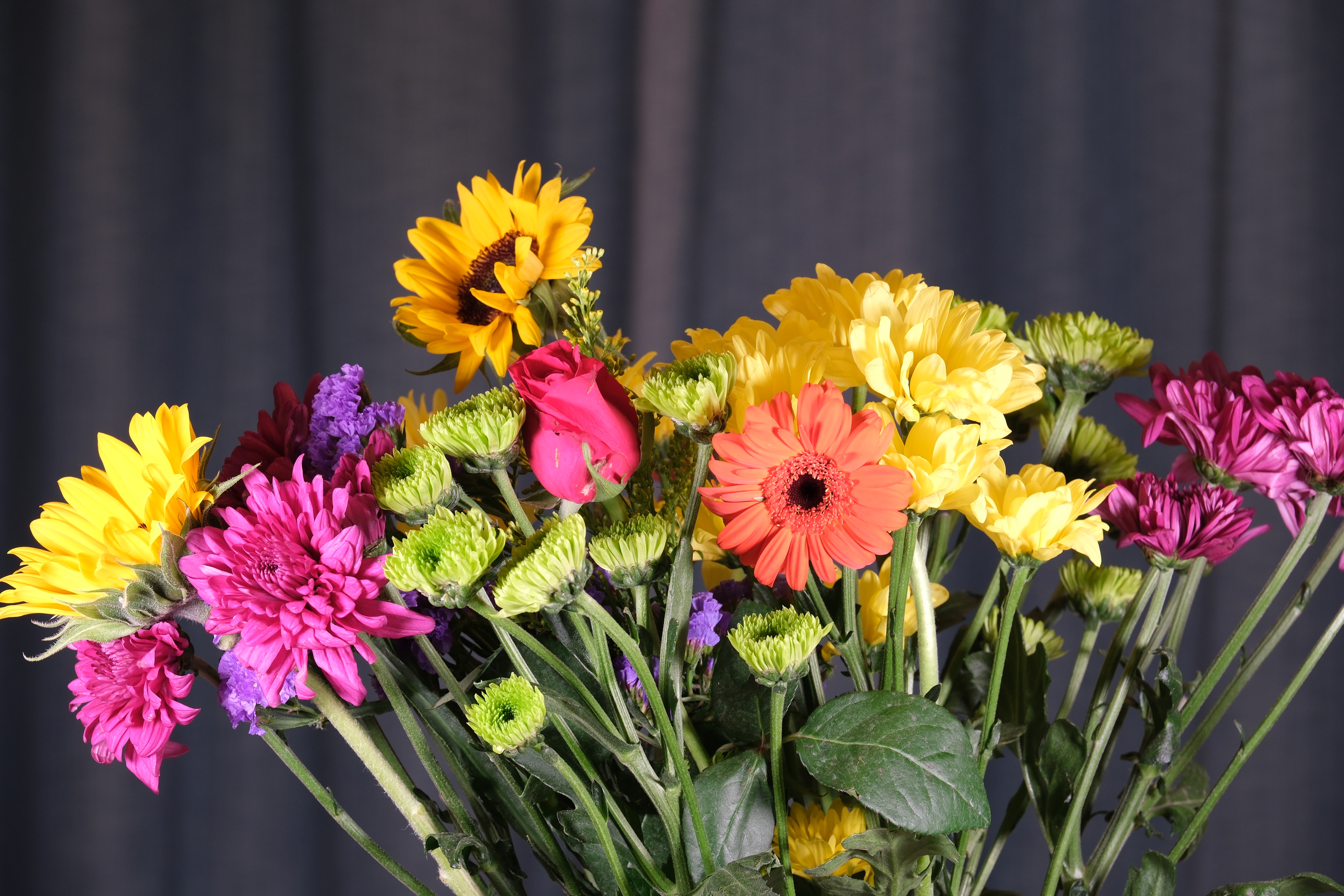

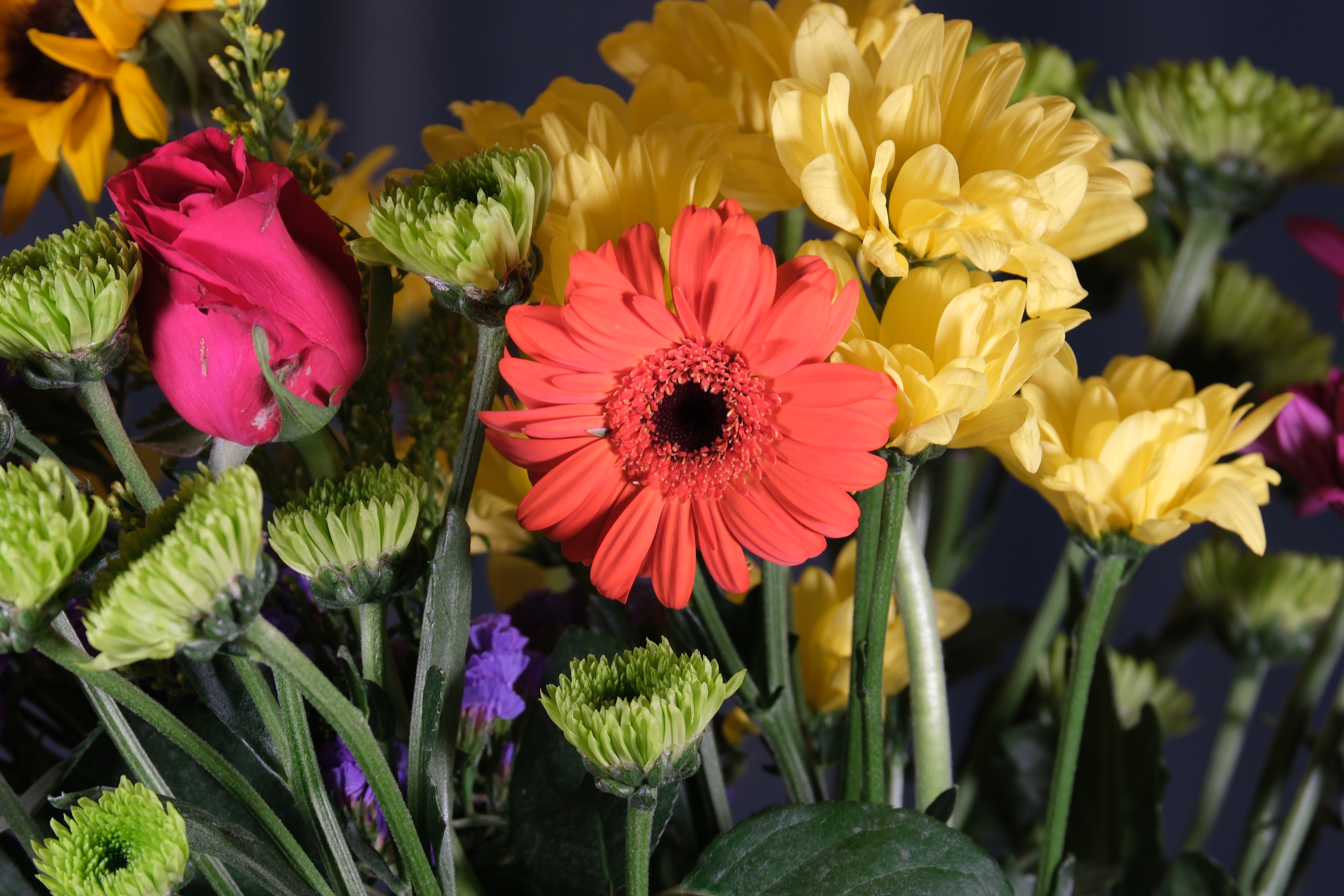
Fujinon XF1.4X TC WR: Lab Results
We run a range of lab tests under controlled conditions, using the Imatest Master testing suite. Photos of test charts are taken across the range of apertures and zooms (where available), then analyzed for sharpness, distortion and chromatic aberrations.
We use Imatest SFR (spatial frequency response) charts and analysis software to plot lens resolution at the center of the image frame, corners and mid-point distances, across the range of aperture settings and, with zoom lenses, at four different focal lengths. The tests also measure distortion and color fringing (chromatic aberration).
Sharpness:
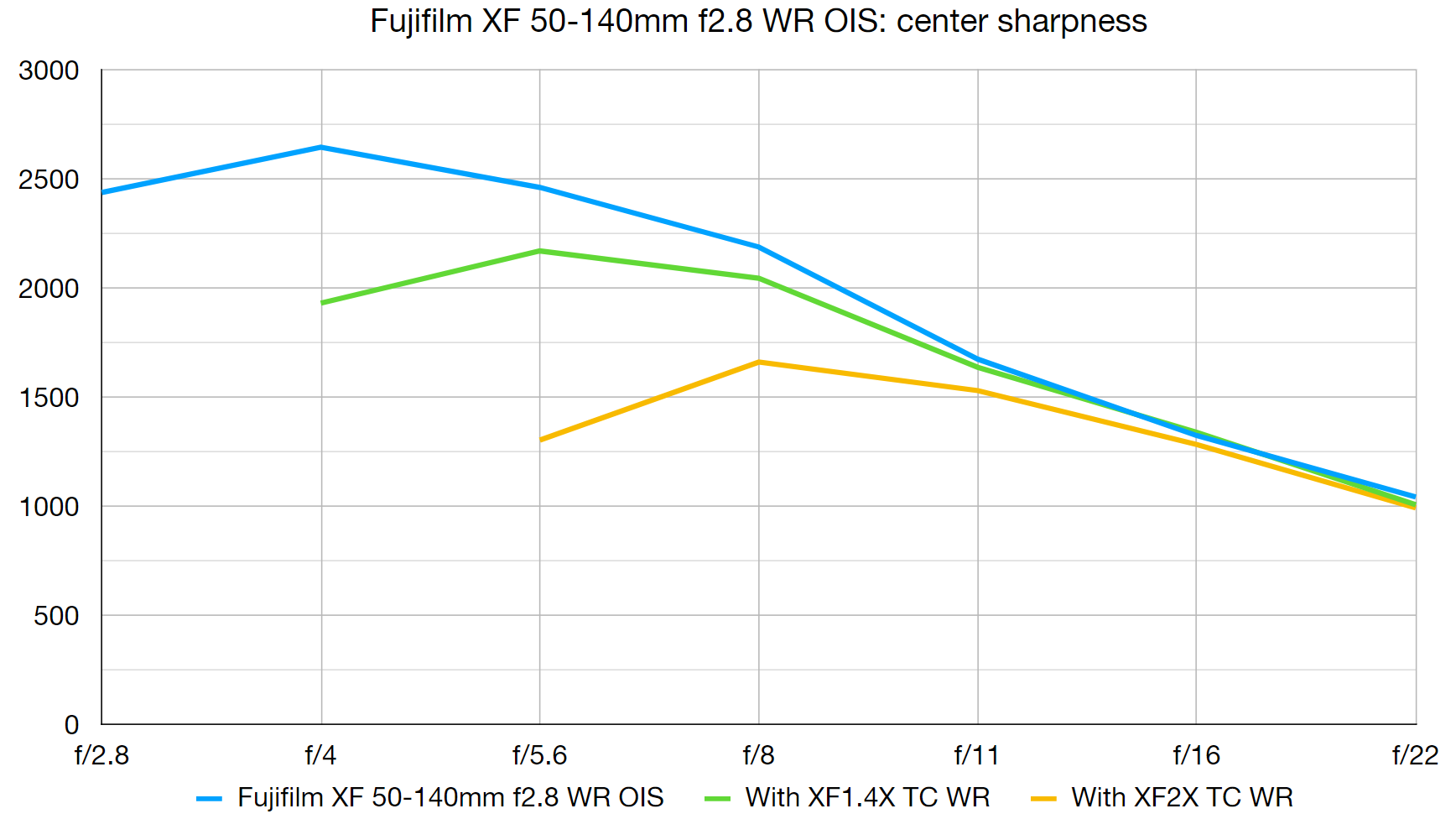
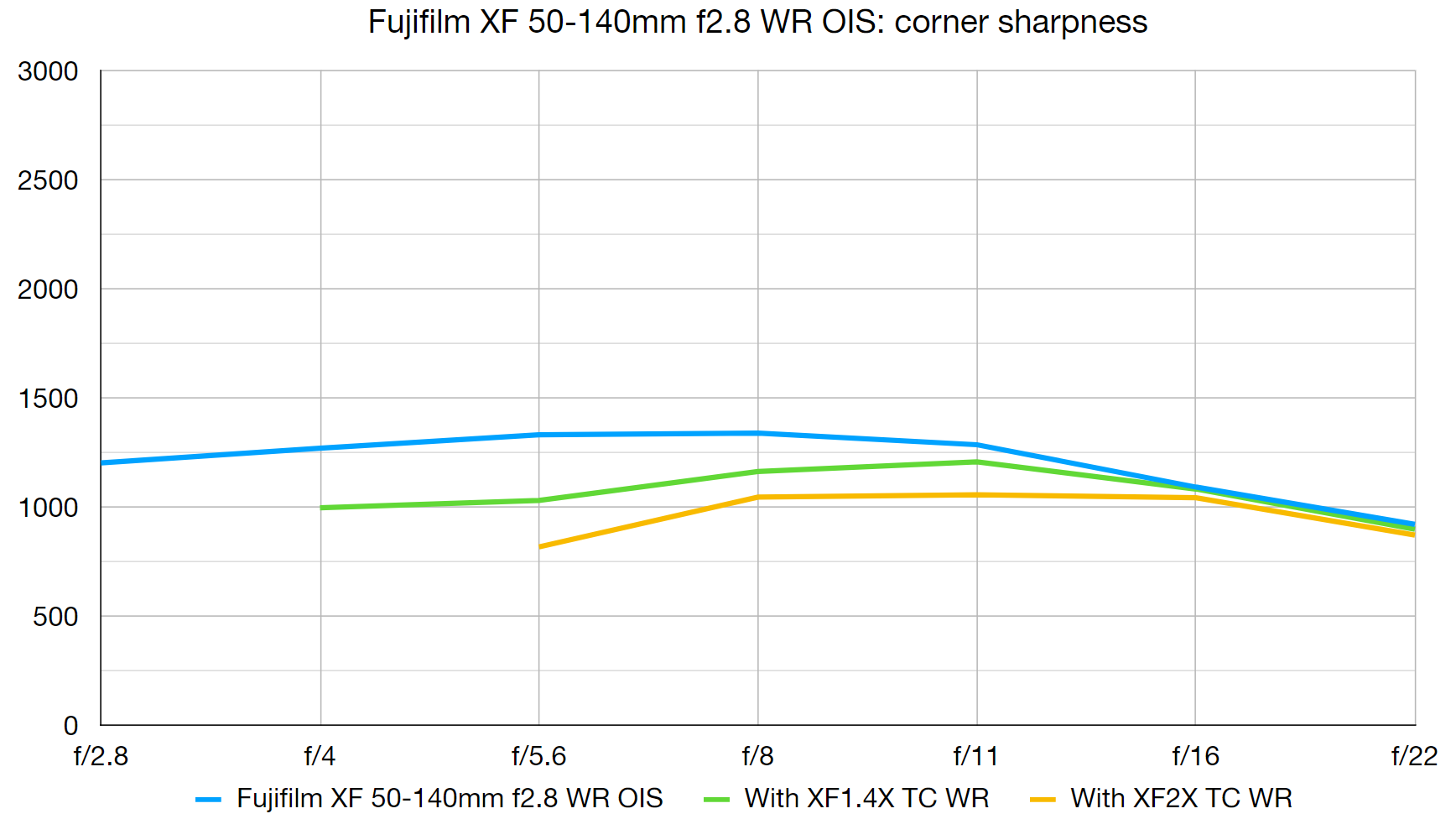
The drop in sharpness when using the 1.4x teleconverter in our lab tests proved very little compared with using the main lens on its own. In this regard, the Fujinon performs better than a number of up-market competitors from other manufacturers.
Fringing:
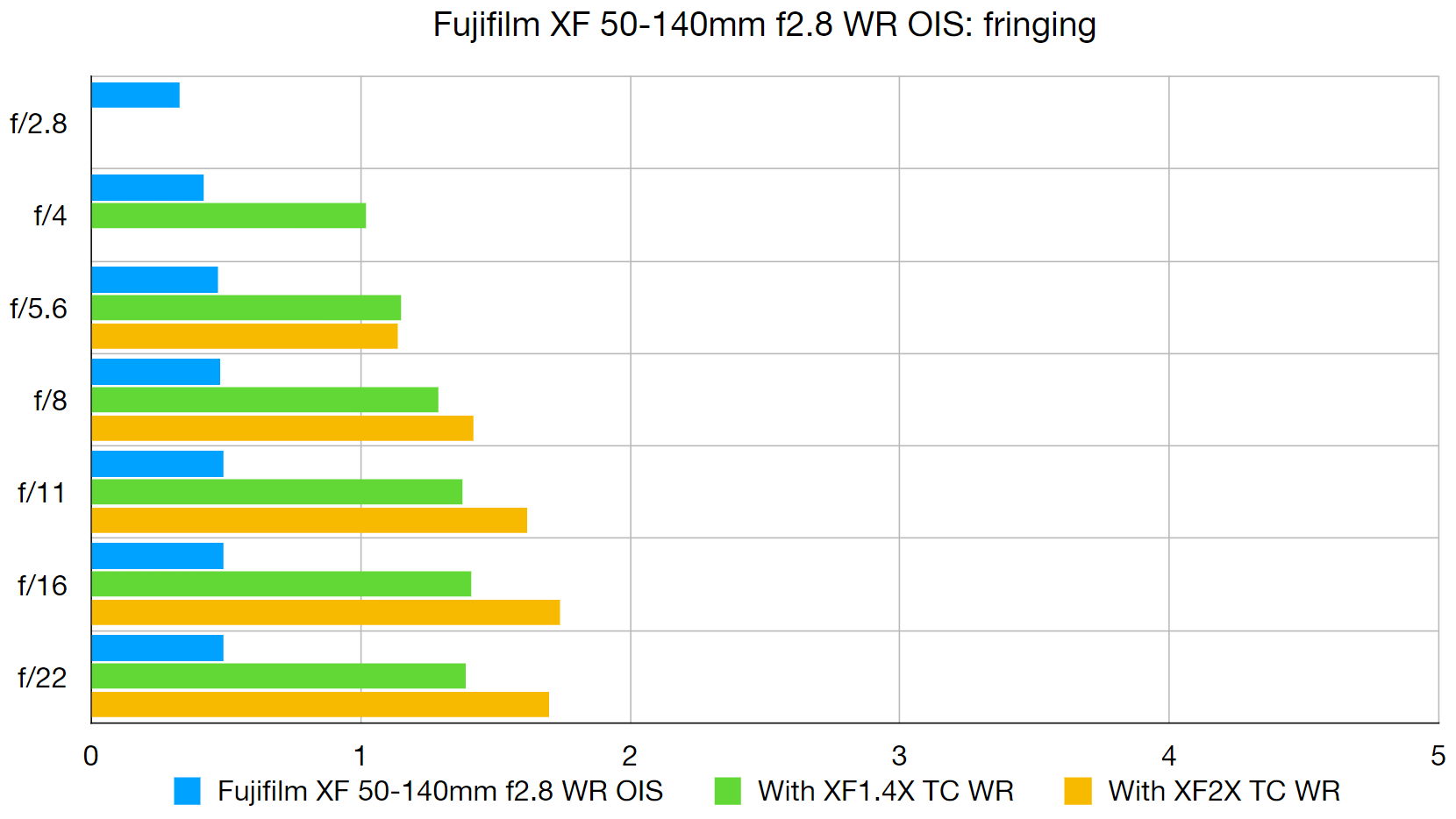
There’s generally an increase in color fringing when using a teleconverter and the Fujinon is no exception. Chromatic aberration can be a little noticeable towards the edges and corners of the image frame but can be ruled out with automatic in-camera correction.
Distortion: -0.86
The Fujinon XF 50-140mm that we used during testing produces noticeable pincushion distortion at the long end of its zoom range. This transitions to modest barrel distortion when adding the 1.4x teleconverter.
Fujinon XF1.4X TC WR: Verdict
As usual, there’s a little degradation when using the Fujinon XF1.4X TC WR teleconverter, compared with using a top-class lens on its own. Even so, that degradation really is only a little. I love that it’s so tiny and lightweight. Typical of Fujifilm’s up-market offerings, it’s very nicely made as well. Compared with buying an extra telephoto or super-telephoto lens, this teleconverter is a proper money-spinner and saves a lot of extra weight to carry around.
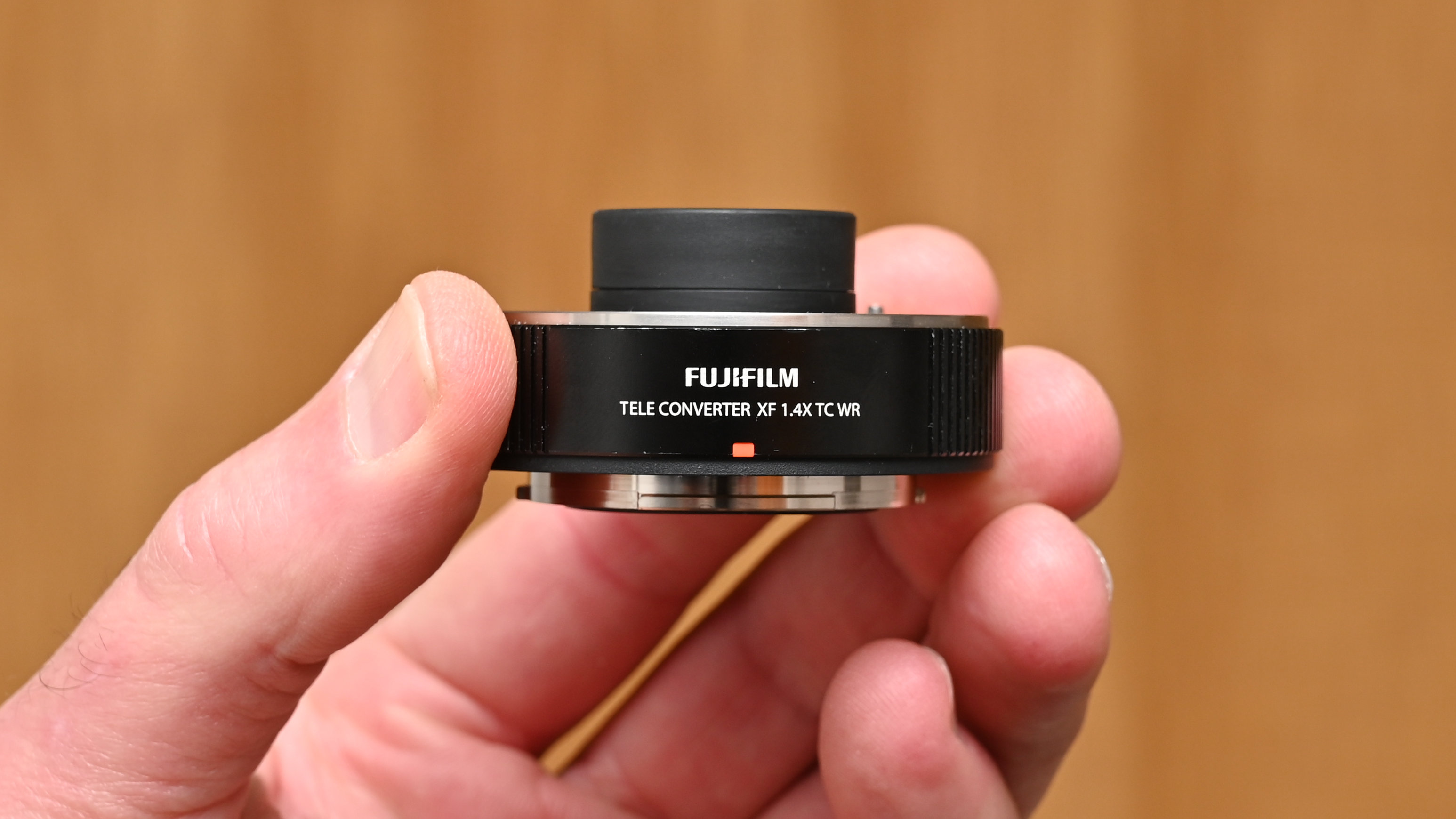
Should you buy the Fujinon XF1.4X TC WR?
✅ Buy this...
- Compact and convenient
- Cheaper than a whole extra lens
- Good build quality and performance
🚫 Don't buy this...
- Your telephoto lens is incompatible
- You’ll lose an f/stop
- Slight image degradation
Alternatives
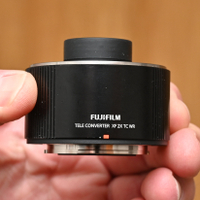
The Fujinon XF2X TC WR gives you double the magnifying power for greater telephoto reach but with two f/stops of aperture reduction rather than just one.

If you have a medium format Fujifilm camera, rather than an APS-C model, look no further than the Fujinon GF1.4X TC WR teleconverter.
Matthew Richards is a photographer and journalist who has spent years using and reviewing all manner of photo gear. He is Digital Camera World's principal lens reviewer – and has tested more primes and zooms than most people have had hot dinners!
His expertise with equipment doesn’t end there, though. He is also an encyclopedia when it comes to all manner of cameras, camera holsters and bags, flashguns, tripods and heads, printers, papers and inks, and just about anything imaging-related.
In an earlier life he was a broadcast engineer at the BBC, as well as a former editor of PC Guide.
